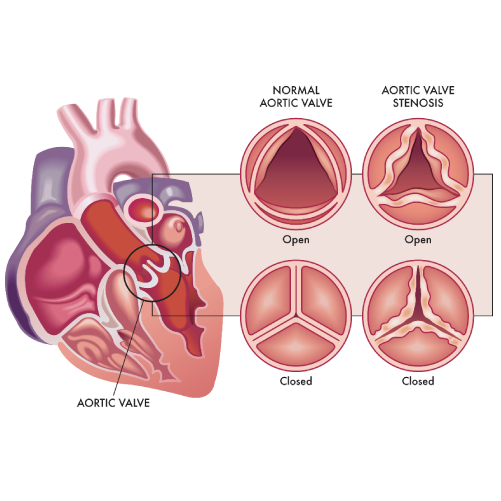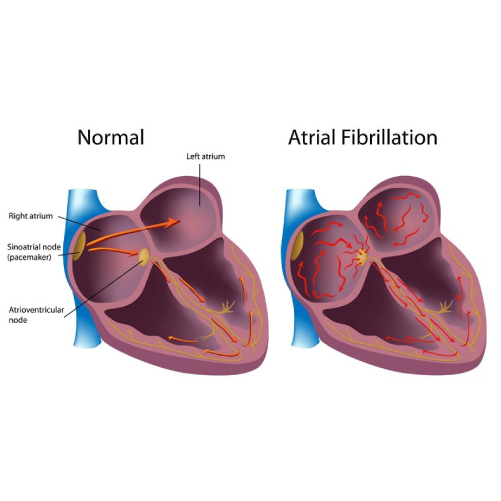Heart failure is an umbrella term for a set of physical symptoms arising due to the gradual deterioration in the heart’s pumping ability. The term “congestive heart failure” was traditionally used because the condition resulted in fluid buildup and congestion in the lungs.
However, doctors and medical researchers have found that it causes a wide array of other symptoms. That’s why they now refer to the condition as heart failure.
What Happens in Congestive Heart Failure?
A healthy human heart relaxes and contracts nearly 100,000 times a day and pumps more than 2,000 gallons of blood throughout the body. The cardiovascular system also includes a network of arteries and veins to transport deoxygenated and oxygenated blood to and from the heart. If any part of the system falters, it can disrupt the flow of blood to vital organs.
Heart failure is characterized by a progressive decline in the heart’s power to pump blood. When that happens, the heart goes through a series of structural changes (knowns as cardiac remodeling) and beats faster to pump more blood.
Also, the blood vessels constrict to stabilize blood pressure and restrict blood supply to non-critical organs like the skin and kidneys. When blood flow to the kidneys reduces, it compels the body to retain more fluid and sodium.
All these short-term fixes result in more damage and cause even more stress to the heart muscles. That, in turn, results in further deterioration of the heart’s pumping action.
Congestive Heart Failure Symptoms: A Closer Look

The heart failure symptoms vary depending on whether they’re caused due to a lack of oxygen or an increase in fluid build.
Lack of oxygen supply results in the following heart failure symptoms :
- Confusion
- Weight gain
- Fatigue
- Discolored or bluish skin
Excess sodium and fluid buildup in the body causes the following heart failure symptoms:
- Lung congestion
- Shortness of breath
- Coughing and wheezing
- Loss of appetite
- Swelling of feet and abdomen
Causes and Types of Congestive Heart Failure
The most common causes of heart failure include:
- Coronary artery disease (Narrowing of arteries due to cholesterol buildup)
- Damaged or dying heart tissue due to a heart attack
- Cardiomyopathy (damage to the heart muscles)
- Heart rhythm disturbances due to atrial fibrillation
- Underlying medical conditions like hypertension and diabetes
There are various ways to categorize congestive heart failure. Depending on the part of the heart’s pumping that’s affected due to heart failure, it can be of the following types:
- Systolic heart failure or heart failure with a reduced ejection fraction
- Diastolic heart failure or heart failure with a preserved ejection fraction

Also, depending on the side of the heart that’s affected, heart failure can be categorized as left-sided failure and right-sided failure. The treatment approach a doctor will use depends on the type of heart failure a patient has developed.
Stages of Heart Failure
The American College of Cardiology and the American Heart Association has outlined four stages to denote the progression of heart failure. While Stage A is characterized by risk factors like underlying medical conditions, stage B shows structural changes in a patient’s heart. The more advanced stages (C and D) present visible symptoms.
In Conclusion
Heart failure (also known as congestive heart failure) is a progressive condition caused by the heart’s inability to pump blood adequately. It results in symptoms like shortness of breath, fatigue, weight gain, and brain fog.
Dr. C Raghu is an eminent cardiologist with more than two decades of experience. If you or someone you know has developed congestive heart failure symptoms, consult Dr. Raghu to explore your treatment options.
Book Online Consultaion
Understanding Congestive Heart Failure Symptoms Blog
Subscribe the Hearty Life Blogs

DR. RAGHU
Cardiology Coronary, Vascular and
Structural Interventions
Conditions & Diseases

Angioplasty

Aortic Stenosis

Atrial Fibrillation
















